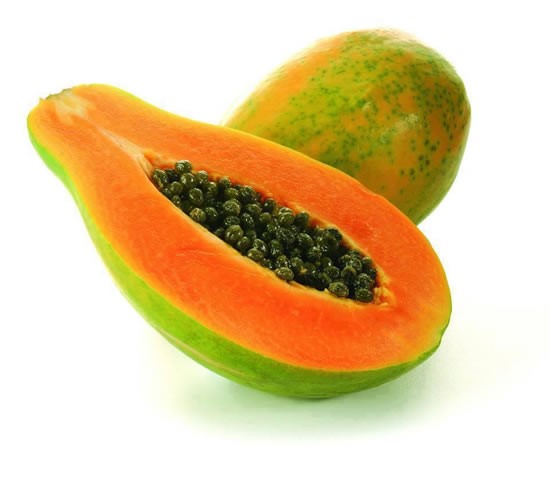To Protect Stem Cells, Plants Have Diverse Genetic Backup Plans
Photo Credit: Lippman Lab/CSHL, 2019When the maintenance of stem cells is disrupted, the consequences are often very visual. In the case of this tomato plant, the cells driving flower growth have over-proliferated, creating a disorganized mass of petals.Despite evolution driving a wide variety of differences, many plants function »









